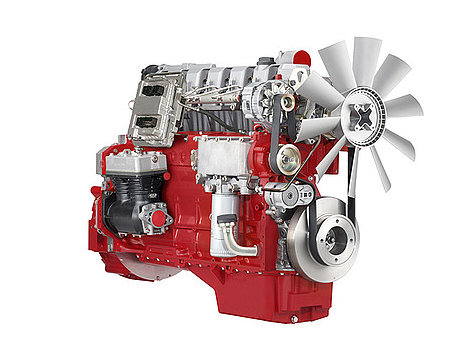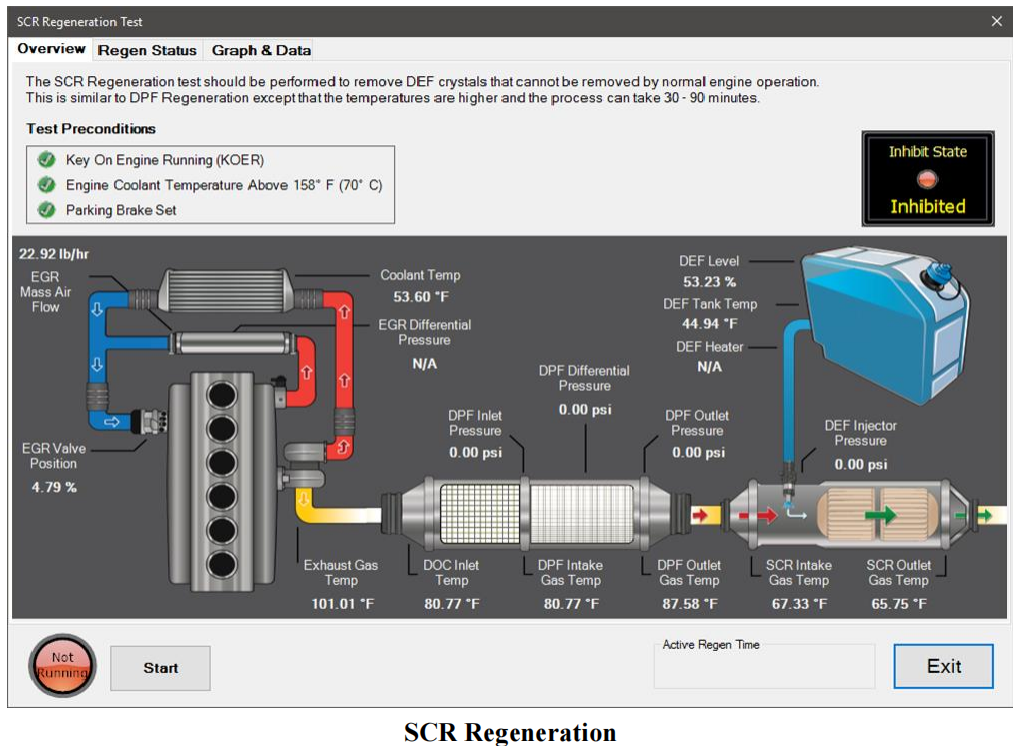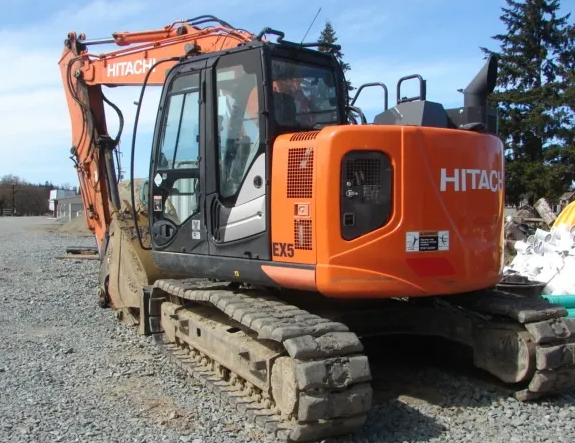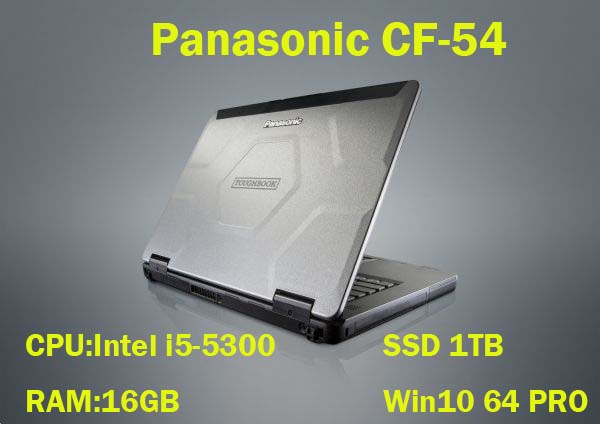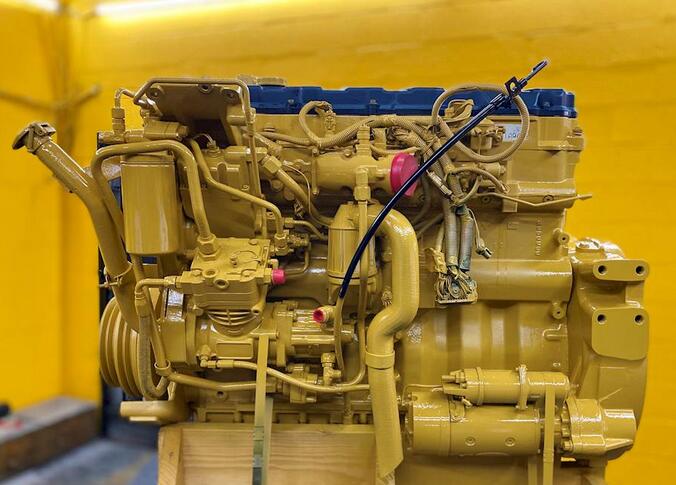
It is troubleshooting guide for Caterpillar C9 engine coolant temperature voltage high trouble code PID 110-3.

Related Contents:
Caterpillar 18 digits factory password calculator
The Engine Control Module (ECM) detects the following conditions:
*The signal voltage from the engine coolant temperature sensor is greater than 4.9 VDC for more than eight seconds.
The engine has been running for more than seven minutes.
The ECM has been powered for at least two seconds.
The troubleshooting procedures for the diagnostic codes of each temperature sensor are identical.The temperature sensors are passive sensors that have two terminals.The passive sensors do not require supply voltage from the Engine Control Module(ECM). The sensor return is connected to temmal2 of the sensor connector while the sensor signal is provided at terminal 1 of the sensor connector. The signal from terminal 1 of each sensor is supplied to the appropriate terminal at the ECM connector.
Pull-up Voltage:
The ECM continuously outputs a pull-up voltage on the circuit for the sensor signal wire.The ECM uses this pull-up voltage in order to detect an open in the signal circuit.When the ECM detects the presence of a voltage that is above a threshold on the the signal circuit, the ECM will generate an open circuit diagnostic code (3) for the sensor.
If the sensor is disconnected at the sensor connector,the presence of pull-up voltage at he sensor connector indicates that the wires from the sensor connector to the ECM are not open or shorted to around.If the sensor is disconnected at the sensor connector,the absence of pull-up voltage at the sensor connector indicates an open in the signal wire or a short to ground.If the sensors disconnected at the sensor connector and the voltage at the sensor connector is different from pull-up voltage, the signal wire is shorted to another wire in the harness
This code could be related to the Ambient air temperator sensor, engine coolant temperature sensor, or the intake manifold temperature sensor.
Probable Causes:
1 ECM Connection
2 Sensor failure
3 Sensor harness/connection failure
4 ECM Failure



